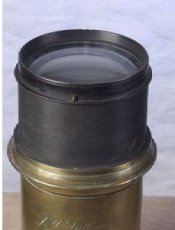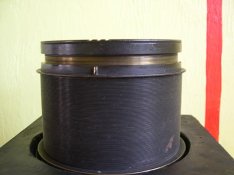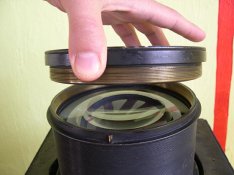smieglitz
Member
1) Is/was there a standard for lens series size designations that related to specific formats? For example, can I presume a #3 covers 4"x5", that a #5 lens was meant for the 10"x12" format, etc.? If possible could someone list the equivalencies please?
2) Can someone describe how lens reflections indicate lens designs? I understand strong reflections indicate air to glass interfaces while faint reflections indicate cemented glass surfaces. Could someone post a visual example for each showing what might constitute a number of strong or weak reflections and how they would be counted?
I guess that was more like 8 questions... :rolleyes:
Joe
2) Can someone describe how lens reflections indicate lens designs? I understand strong reflections indicate air to glass interfaces while faint reflections indicate cemented glass surfaces. Could someone post a visual example for each showing what might constitute a number of strong or weak reflections and how they would be counted?
I guess that was more like 8 questions... :rolleyes:
Joe
















